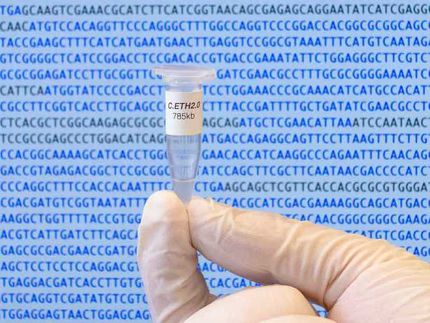Astex announces Clinical Trial Authorization for novel cancer drug AT7519 and plans for two further new drug filings
Advertisement
Astex announced that the UK Medicines and Healthcare Products Regulatory Agency (MHRA) has approved its Clinical Trial Authorisation (CTA) application for the clinical development of its proprietary cell cycle inhibitor, AT7519, for the treatment of cancer. The Company now plans to initiate a multi-centre Phase I trial of AT7519 in patients with refractory solid tumours.
Astex also announced that it has selected two further drug candidates, AT9283 and AT9311 from its internal oncology pipeline. Both novel drugs recently entered formal preclinical development in advance of anticipated IND and CTA filings within 9 months. All three of Astex's drug candidates were discovered using the company's proprietary fragment-based drug discovery platform, PyramidTM.
"We are very pleased to advance AT7519 into clinical development in such a rapid timeframe having gone from first synthesis of this compound to CTA approval in just 14 months - less than half the industry average. This approval is an important milestone for Astex as a clinical stage biotechnology company taking the first compound from its own pipeline of novel cancer drugs into the clinic. Together with our two other drug candidates, AT9283 and AT9311, it also exemplifies the potential of our fragment-based drug discovery platform to rapidly generate high value assets," said Dr. Harren Jhoti, Chief Scientific Officer of Astex.
Tim Haines, Chief Executive, remarked, "This announcement marks a major achievement for the company and establishes Astex as one of a limited number of biotechnology companies that have built a validated 'platform to products' capability. Our ability to rapidly and consistently generate multiple drug candidates ensures a sustainable pipeline of novel drug products for the treatment of cancer and other diseases and underscores the significant investment opportunity that Astex represents."
Most read news
Organizations
Other news from the department research and development

Get the life science industry in your inbox
By submitting this form you agree that LUMITOS AG will send you the newsletter(s) selected above by email. Your data will not be passed on to third parties. Your data will be stored and processed in accordance with our data protection regulations. LUMITOS may contact you by email for the purpose of advertising or market and opinion surveys. You can revoke your consent at any time without giving reasons to LUMITOS AG, Ernst-Augustin-Str. 2, 12489 Berlin, Germany or by e-mail at revoke@lumitos.com with effect for the future. In addition, each email contains a link to unsubscribe from the corresponding newsletter.


























































